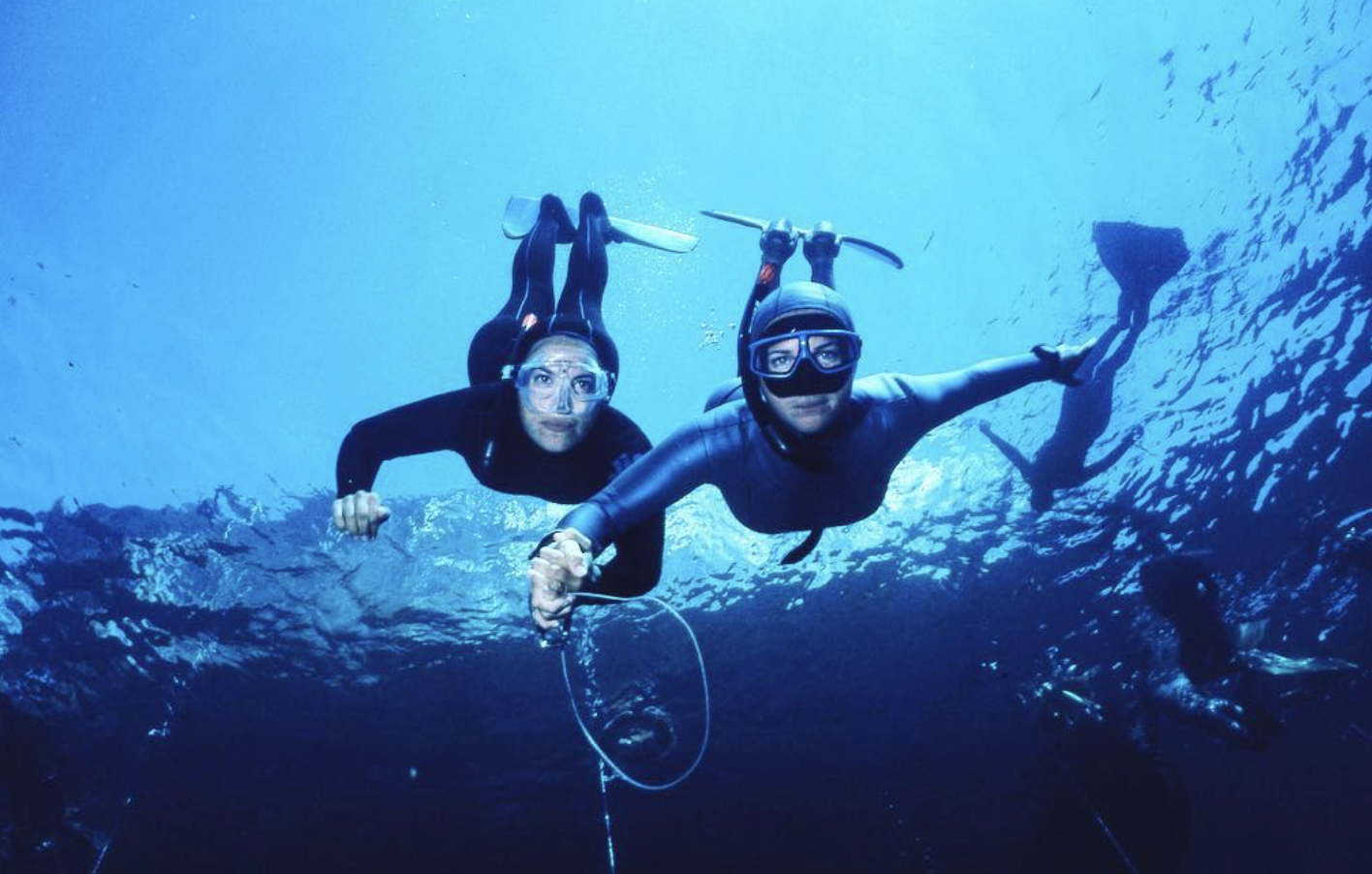Competitive freediving is the sport of diving deep into the ocean on one breath, without any breathing apparatus. It is a physically and mentally demanding activity that requires practice, technique, and coaching from an experienced instructor. In this blog, we will take a closer look at what competitive freediving is all about.
What is Competitive Freediving?
Competitive freediving involves a group of athletes diving to various depths while holding their breath for as long as possible. The aim is to push oneself and achieve a personal best or break a record. Here are a few interesting facts about competitive freediving:
- Competitive freediving is a meditative and highly controlled sport that tests an individual’s physical and mental abilities.
- The sport has various categories, including competitions for depth, distance, and time records.
- During deep diving competitions freedivers always swim down and up alongside a rope.
- Athletes compete in different water conditions, from the quiet of a pool to the open ocean.
- Freedivers use specialised freediving equipment such as smooth-skin wetsuits, low volume masks, carbon fibre fins or monofins, amongst others.
- Safety is paramount in competitive freediving, and divers always dive with a support team to ensure their safety.

What are the different categories in Competitive Freediving?
Competitive freediving has three main categories – depth, distance, and time disciplines. Here is a brief overview of each category:
- Depth Disciplines: In this category, athletes attempt to dive to the deepest depth possible. This category has two sub-categories – constant weight (with or without fins) and free immersion (pulling down and back up the rope).
- Distance Disciplines: Athletes in this category attempt to swim horizontally in a pool for as long as possible. This category has two sub-categories – dynamic with fins and dynamic without fins.
- Time Disciplines: In this category, athletes attempt to hold their breath for as long as possible while floating on the surface of the water – in a static position.
What are the risks involved in Competitive Freediving?
Competitive freediving requires you to be skilled in your practice, as it comes with certain risks. Here are a few risks that athletes need to be aware of:
- Blackouts: This is when an athlete loses consciousness due to a lack of oxygen. It can happen during the ascent or descent and is one of the biggest risks of competitive freediving.
- Hypothermia: The water temperature can drop drastically at greater depths, leading to hypothermia, a condition where the body’s temperature drops below normal.
- Barotrauma: This is when the pressure of the water causes damage to the ears, sinuses, lungs, or other organs.
Competitive freediving can be done as an amateur or a professional. When practised with humility and a slow progression approach, competitive freediving can teach you a lot about yourself and serve as a tool to hone the skill of exploring on one breath.

